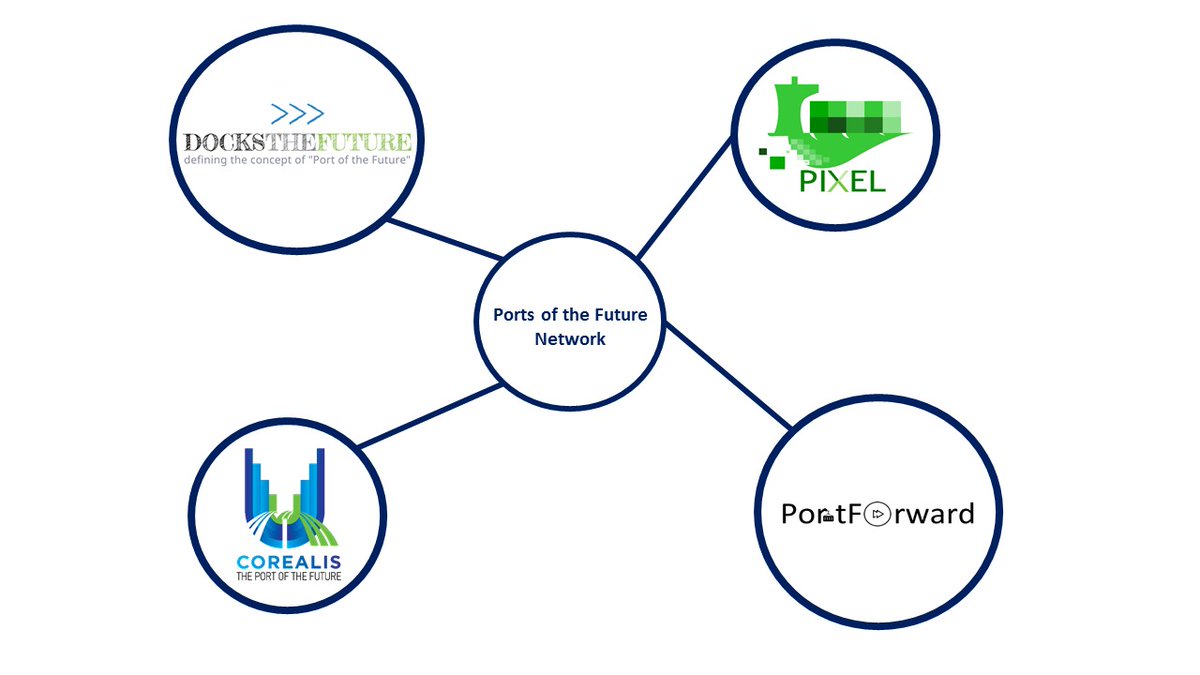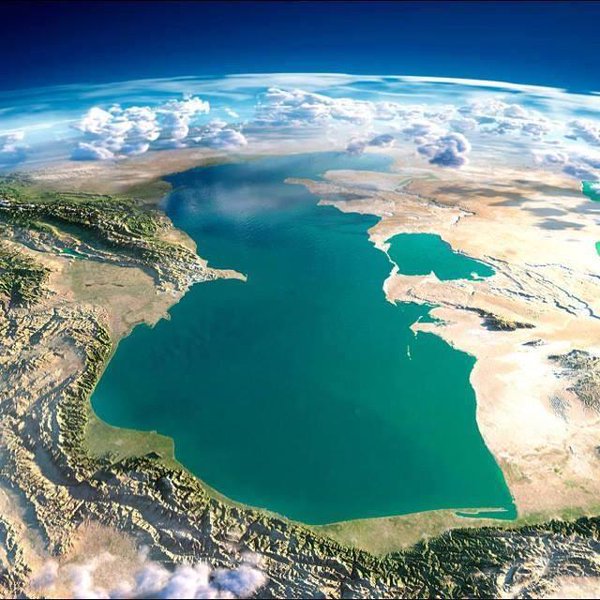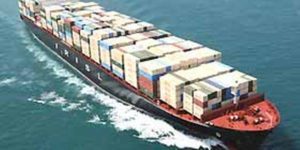In May 2018, DocksTheFuture, COREALIS, PIXEL and PortForward have engaged in collaborative work to take the challenges and opportunities of the Port of The Future to a wider audience.
The Horizon 2020 call (Topic: MG-7-3-2017) retained four proposals for funding to respond to the need for research “to implement new port concepts, new management models, and innovative design, engineering, construction and operation technologies solutions for full customer, stakeholder and citizen satisfaction”. The four proposals retained for funding were DocksTheFuture, COREALIS, PIXEL and PortForward.
Following the expectations of the European Commission, to reach the expected foreseen impacts, namely “reduction of impact on climate change and the environment of port activities, their operational and infrastructural costs, improvement of logistics efficiency and better integration of the port in the surrounding socio-economic area, including city-port relations and the smart urban development of Port Cities (..) ” the four projects, referred to as Ports of The Future Projects, engaged in collaborative work.

The pursuance of a collaborative and integrated approach in relation to both their technical outputs and communication/dissemination strategy aims at capitalising on the synergies between the projects with a view to be as impactful as possible. Thus, by implementing a collaborative approach, the Ports of The Future Projects Clustering of Activities is guided by the following objectives:
- To maximise the impact of the communication/dissemination of results amongst the relevant stakeholders;
- To exchange technical information to contribute for a cross-fertilisation of results leading to a stronger, more accurate vision of the Ports of The Future in 2030;
- To highlight the importance of EU funding programmes in supporting European Research and Innovation able to stand out in an ever-changing world, where top-notch R&D has become the standard;
- To fulfil the European Commission’s expectation of an integrated collaborative approach between the projects, with regards to the tight-knight relation between them.
The strategy for communication and dissemination for the Ports of The Future Projects addresses matters such as but not limited to: communication/dissemination integrated strategy, social media and cross-promotion, participation in events, interaction with European Technology Platforms with the goal contributing to reach the aforesaid objectives.







